seems like a butterfly?
boogerman can i see some of your disks u extracted?
Haha I love seeing the butterfly's.
Yeah I'll post some pics of the chips after I do some more presses tonight.
As others have said, I think the wrinkles in parchment is cause by the plates moving as they are getting squished together. I've never had my parchment look wrinkled after a press in the vise or H press with the CuNi plates, however it did happen a couple times when I had my hair straightener setup in my vise.
Nice work Boogerman!
It's fascinating to see how this is turning out.
You've probably already thought of this, but how about re-pressing your 75'F nug at progressively higher temps to determine the 'sweet spot' at your chosen pressure?
Yeah I'll be messing around with trying to find my sweet spot on the H press this weekend (calculating yields and such as well).
Nice! Did you ever end up determining an estimate on yields for your current set up? Not that yield is then be-all-end-all, but I am getting OZ for 230 that get me about 10-14, but 14 is a bit rare.
Provided a perfect world at 14% every squish throughout the OZ, that's be 3.9 out let's say. At that yield, I pay roughly 58-59 a gram. Your average gram of oil around here goes for 60 or more these days, so this would justify more investment.
However, if I have a decent likelihood of being below 14%, I'm paying more to squish than I am to get more traditional wax or shatter so it starts making a little less sense.
On the other hand, I am having decent luck making use of my chips so that's definitely an edge, but it's more of a novelty than anything. Average yield is key for me at the moment, but I only need a modest number I can achieve consistently to make it a done deal.
I definitely should look into
@Derrrpp suggestion and JBWeld the heaters. If I can get a reliable efficient setup, I'd really like to submit some to the lab for testing as I doubt they'd really charge me for a one off here and there. Very interested to see in detail what's coming out.
I've gotten 10-20% yields with decent home grown.
The main factor people need to realize is the material going in is the most important.
If you are putting in some 30% thc nug that was hand trimmed, I'm sure you would get a 20%+ yield even with a hair straightener and clamp! Maybe even 25%+ with more pressure!
So if I do some tests tonight and report <20% yield, don't be discouraged. It is just the bud I am using

A little while back I made some BHO with a high CBD strain and got like a 11% yield. I squished the same bud in my vise press and got a 14% yield IIRC which was fucking awesome!
Even if you lose a couple % yield compared to QWISO or BHO, I still think rosin is better because it is tastier, quicker, healthier, and just a lot more fun to do IMO

Just a guess ,
I'm thinking it's some kind of thermal condensation
left from the press buds . And it's left an imprint on
your plates . Notice it is Not the entire piece of parchment
that has thinned out , just 2 spots where the previous buds
were pressed .
I've had to clean my hair straightener plates with 99 % iso
after a few presses , to remove the leftover film . There is def.
some transfer of sorts thru or from the parchment paper .
Thanks for the input man! Good to know

@BoogerMan I think the plates are causing damage to the parchment, if you look at your parchment pics vs your plate pics there is a very distinct pattern in the middle of the nug spots that look incredibly similar to the finish on the plates, imho those plates need lapping, then polishing, then see how you get on.
I wonder if the faces on your plates need some lapping like they do for cpu coolers?
I think it's the 16,000 pounds of pressure (12,000 extra) messing with the paper. Polished blocks may help with the pattern left, but I don't think it is going to stop oil from being pushed through the paper at those pressures. My opinion anyways.

It happens even with baby smooth, polished hair iron plates also, as previously stated by others here..
@ReggieB like
@Joel W. said, I think it was just the pressure I was using (which was 20,000 lbs when I was doing 10 tons) and that was forcing some oil through the parchment. It definitely does the same thing with a hair straightener that has smooth plates like Joel stated.
I really think the next main goal is to find a better alternative to parchment and maybe start using SS plates to withstand higher pressures, but Joel said SS isn't the easiest to cut and drill (so labor cost will increase) so without breaking the bank, we may have to stick with CuNi for now.
I think
@Monsoon posted a website selling SS plates for like $300

. My CuNi plates were 1/3 of that cost.
I'm getting 14-16% with QWET right now and with alcohol my cost is around $40 a gram now. Been seeing lots of people online get 20%+ yields depending on squish tech using the 10-20 ton presses. Hopefully BoogerMan has the same luck, those test presses look promising.
Yeah I seem to be getting yields that I expect (comparing to BHO with the same bud).
Again, anyone seeing the dudes on IG getting 20%+ yields means they are using some fire bud!
If my home grown is only 15% thc then a 20% yield isn't really possibly no matter what pressure or temp I use ya know? Haha.
Remember that starting material is probably the most important factor for yield. Then pressure, heat, moisture, etc. all start to become factors in how to get maximum yields with the material being used

@ReggieB Of course! Heat transfer! That explains the improved results with moisture!
Assuming some amount of heat is necessary to induce the flow of oils, imagine pressing bone dry material. Even once the air pockets have compacted away, the dry cellulose is still a poor conductor of heat. As a result, the oils will remain in a viscous state, and will thus be resistant to flow. At the other extreme, imagine material overly rich in water. Upon compression, the excess water pools and absorbs energy from the heating plate, again limiting heat transfer into the material and thus limiting flow.
But somewhere in between those extremes lies a moisture level that does not cause liquid to pool - this moisture level would most efficiently allow heat into the material, thereby reducing the viscosity of the oil and ultimately improving flow.
If this hypothesis is correct, then
@BoogerMan should see improved performance by lapping his plates - or at least the same performance at lower temperatures. Heat transfer is all about surface area, and imperfections on a plate greatly reduce the contact surface area. If any of you have built computers/installed CPUs you know exactly what I'm talking about.
Thinking in terms of heat transfer opens up new avenues of thought: What if water was not the ideal thermal interface material??? Need to think more on that!
Moisture is definitely important! Squishing bone dry bud does not work nearly as well.
Moisture seems to help the rosin flow away from the bud!
All my bud I press is at 64% humidity.
I'm going to get some humidity bags so play with higher humidity levels at some point but I honestly think any more than 65ish% will just result in more moisture in your oil (which will also increase yield slightly but it's a fake increase since moisture doesn't get us high haha).
I already get a little sizzle sometimes when I dab my rosin, so even 64% humidity leaves a little moisture in the oil. That's why I say I don't think anything above 65% is really needed.
Great to see this progress. Thanks for the notes
@BoogerMan, and the pics and vids.
@ixtapa I agree that there must be an optimal moisture level as well for the same reasons you stated (enough to facilitate heat transfer, but not too much to insulate).
Thanks boss! See my reply above that discusses humidity/moisture





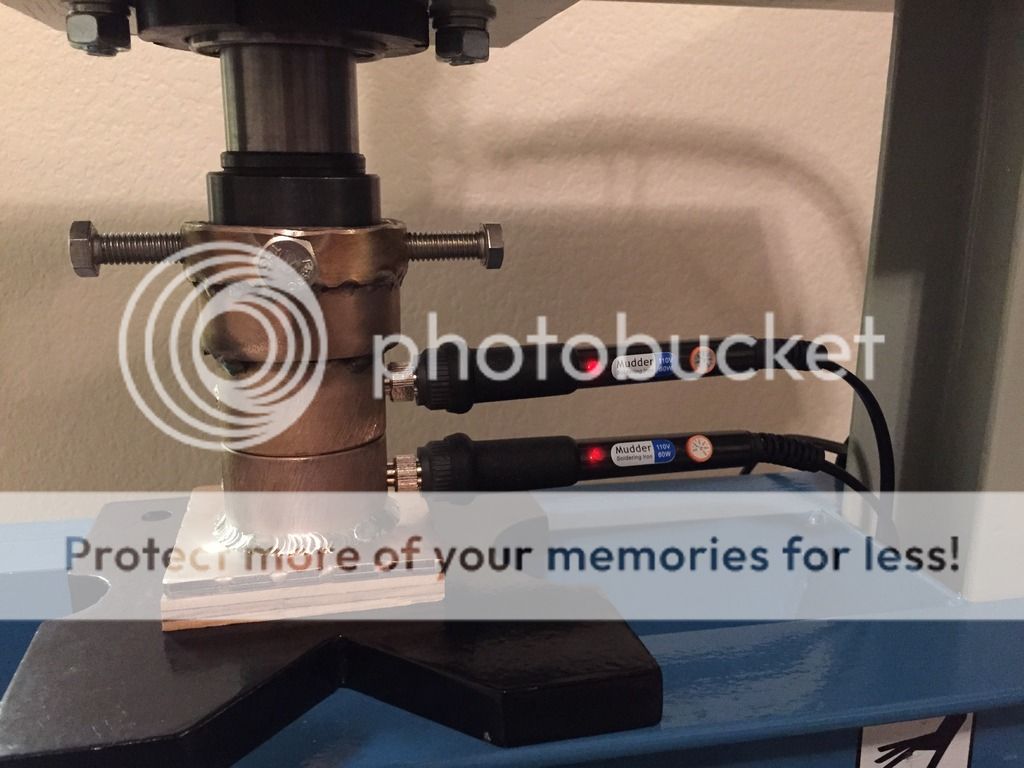
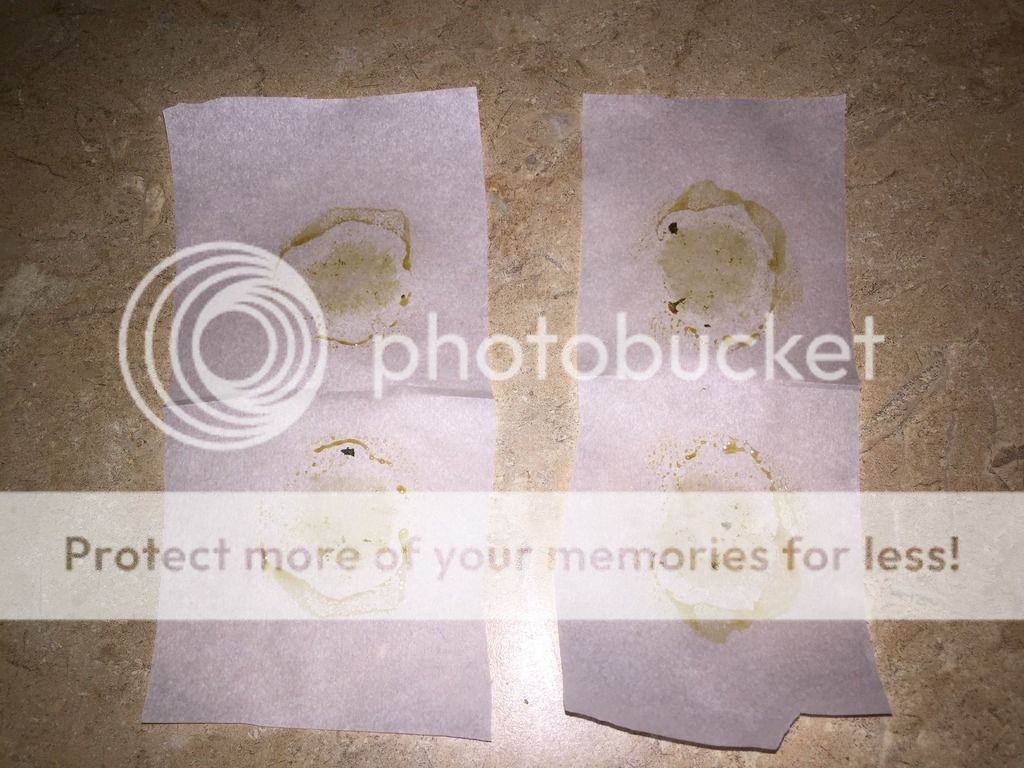

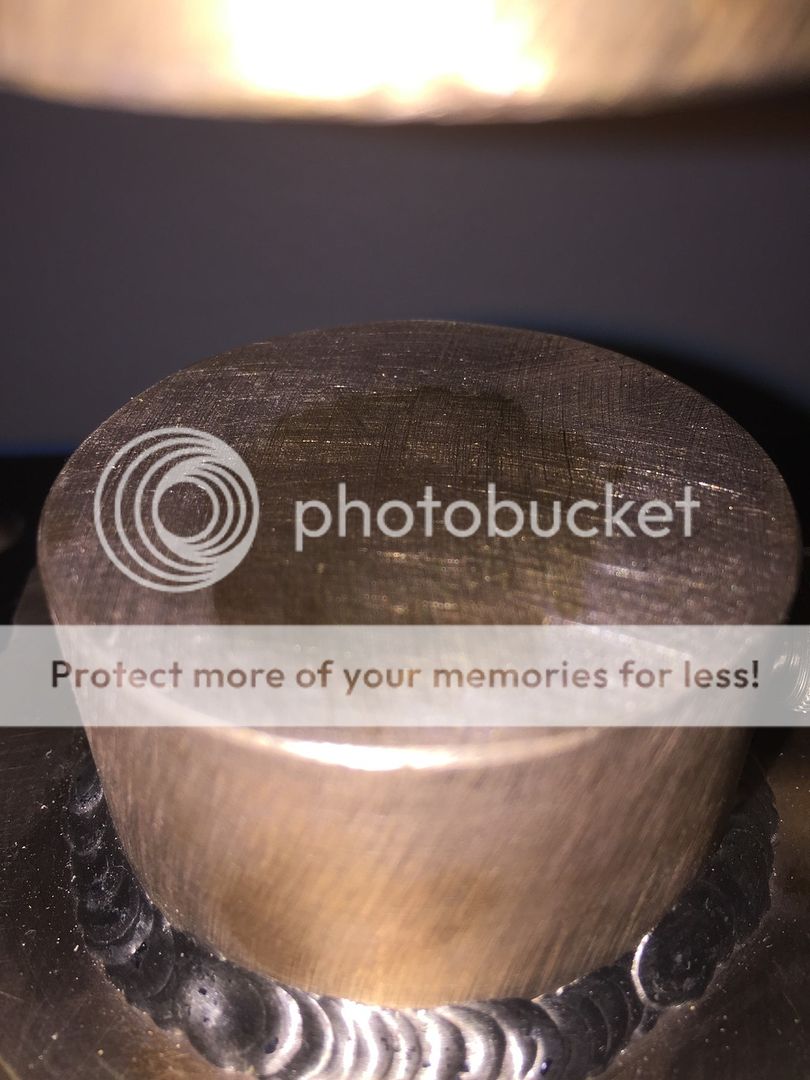
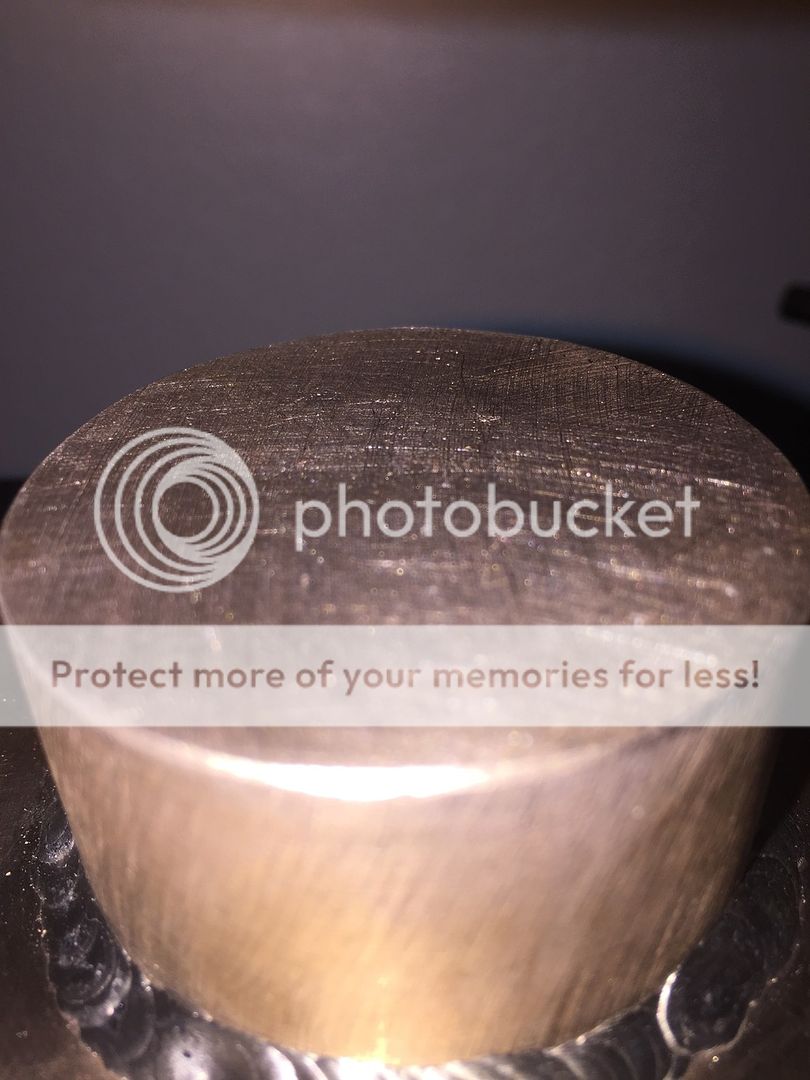
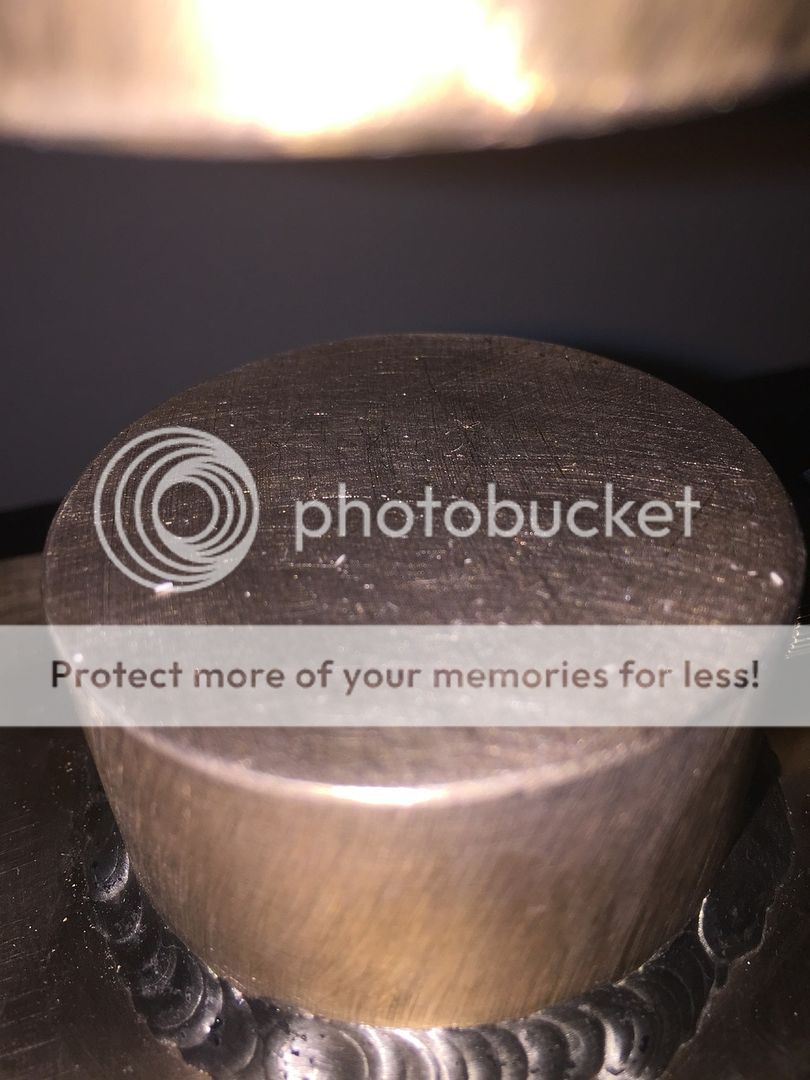


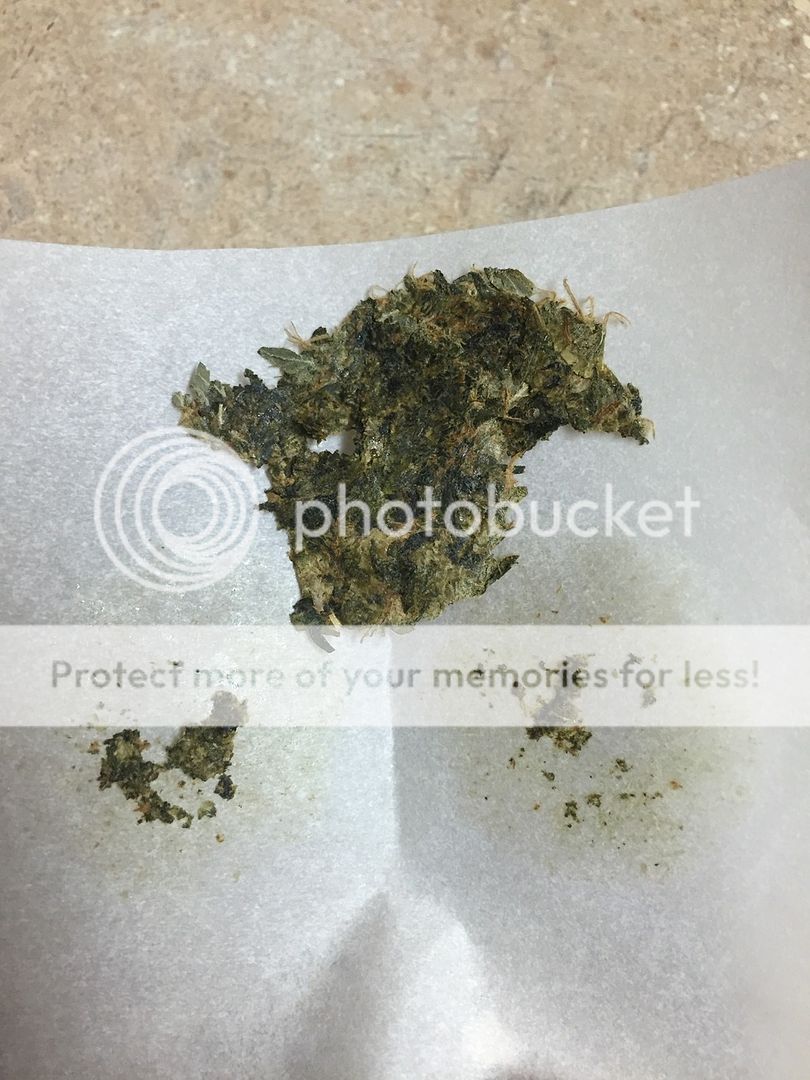



 . My CuNi plates were 1/3 of that cost.
. My CuNi plates were 1/3 of that cost.